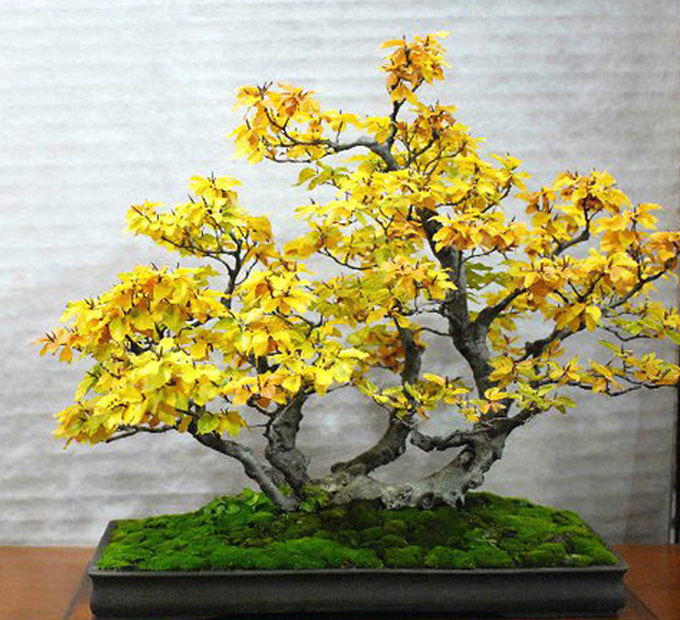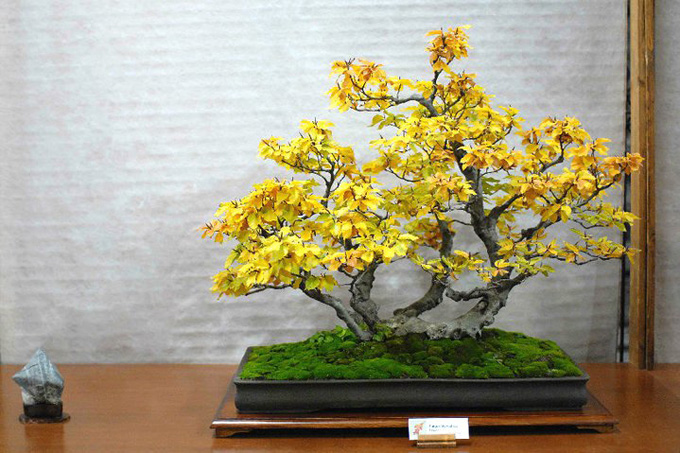 Micro tree. Is this a Japanese maple? It’s from a facebook posting by Bonsai Guest House.
Micro tree. Is this a Japanese maple? It’s from a facebook posting by Bonsai Guest House.Novelty?
Usually, when something is billed as the world’s smallest (see below) or largest, or..?, it moves into that surreal novelty realm. Would you say these tiny bonsai qualify? I’m not so sure. There’s an art to doing this and to keeping the tiny trees healthy. Still…..
A place to stay
The photos in this post are from Bonsai Guest House in Osaka. I know almost nothing about the place, but you might want to check it out on your next Japan junket.
$1,000 Bonsai from Scratch Contest idea
You could do this for our $1,000 Bonsai from Scratch Contest. Think small and win (well, no guarantees). Small bonsai (Shohin Bonsai) is a pretty good idea if you are at a loss for what to do.
 With flowers no less. It’s from the same facebook posting by Bonsai Guest House.
With flowers no less. It’s from the same facebook posting by Bonsai Guest House.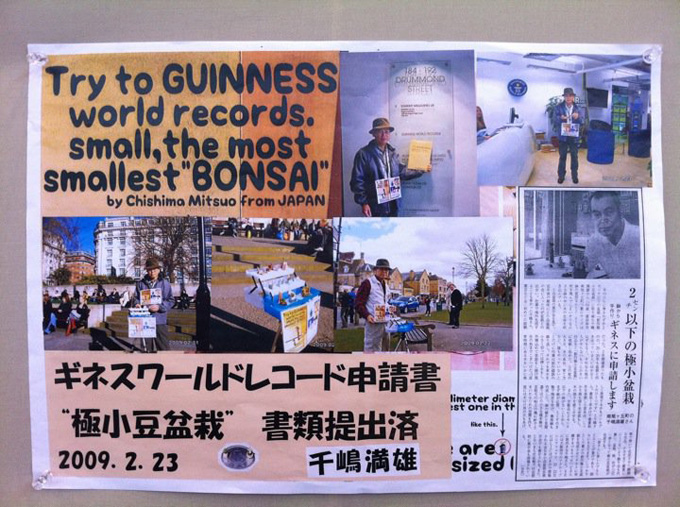 From this, it looks like Mr Mitsuo was trying to create the ‘world’s smallest bonsai.’ Definitely the novelty approach.
From this, it looks like Mr Mitsuo was trying to create the ‘world’s smallest bonsai.’ Definitely the novelty approach.Source: Bonsai Bark Read more!




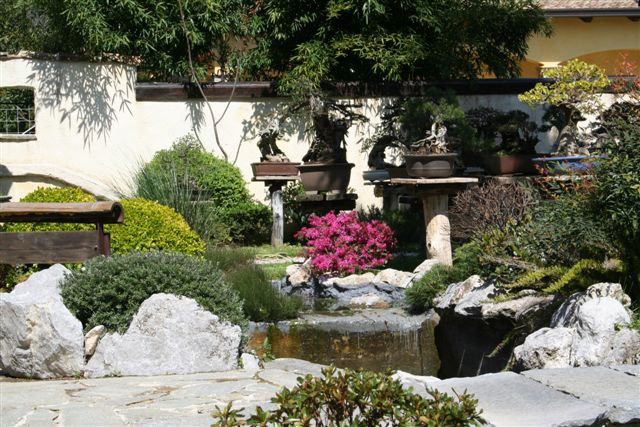
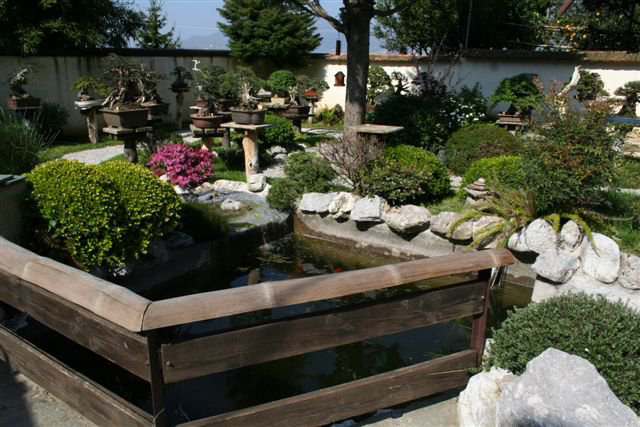
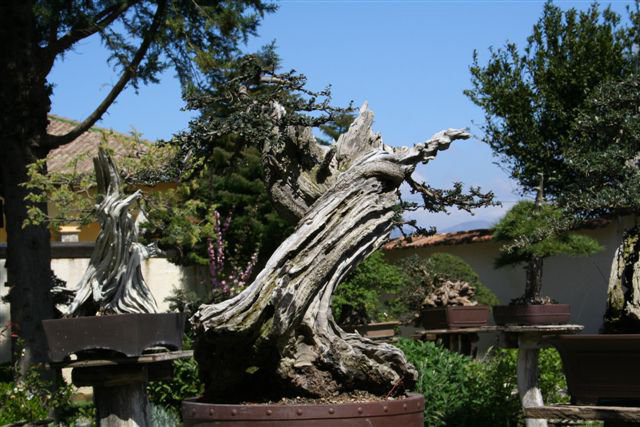
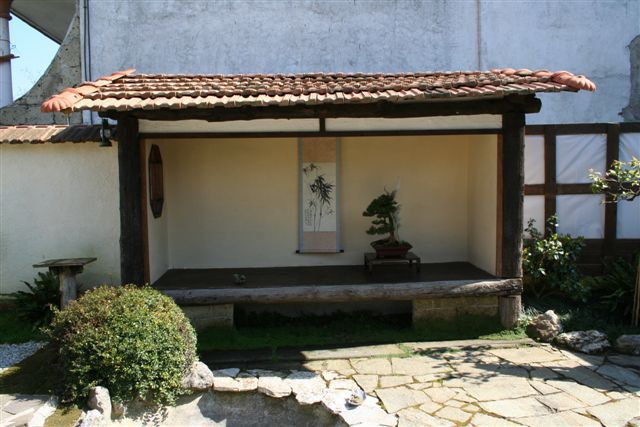

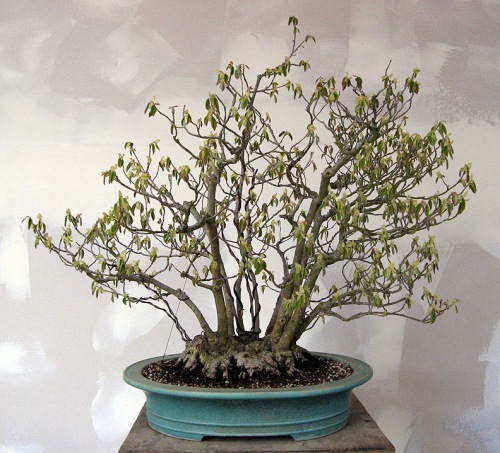


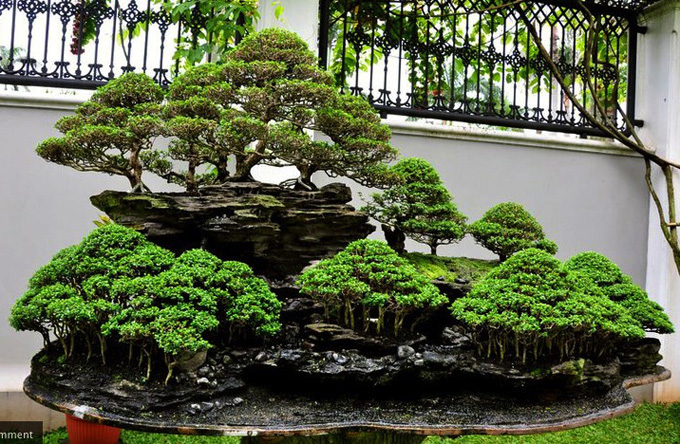


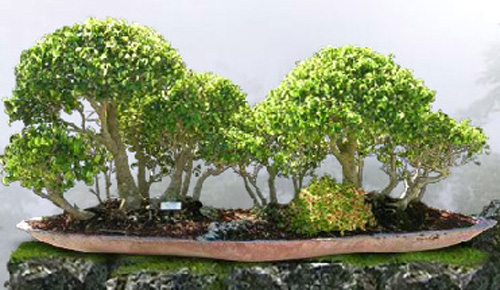

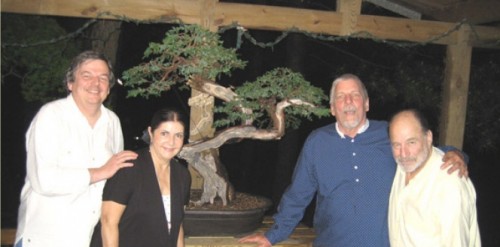



 After 5 years work on the branches it finally begins have some ramification.
After 5 years work on the branches it finally begins have some ramification.
